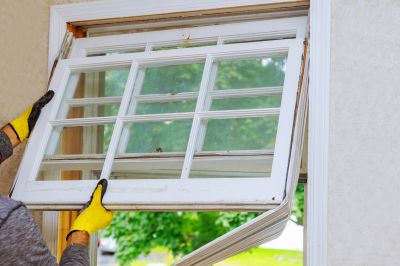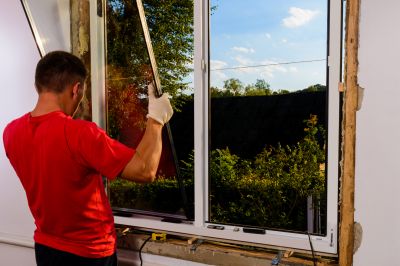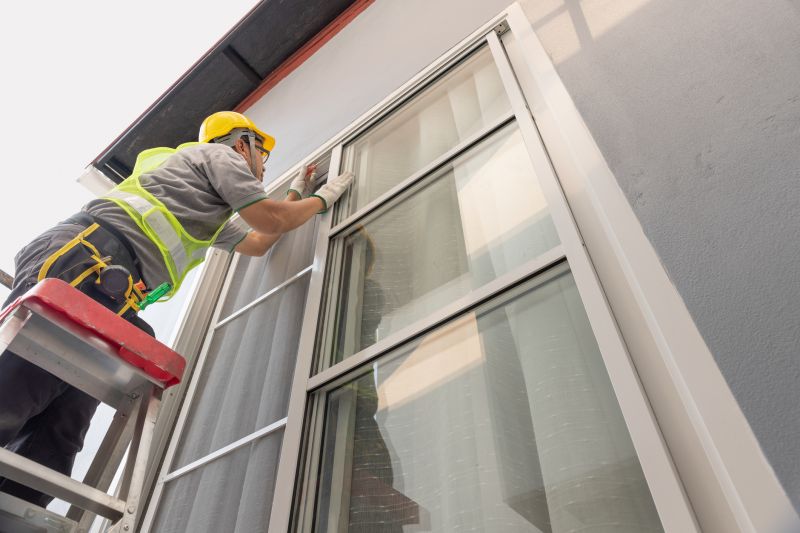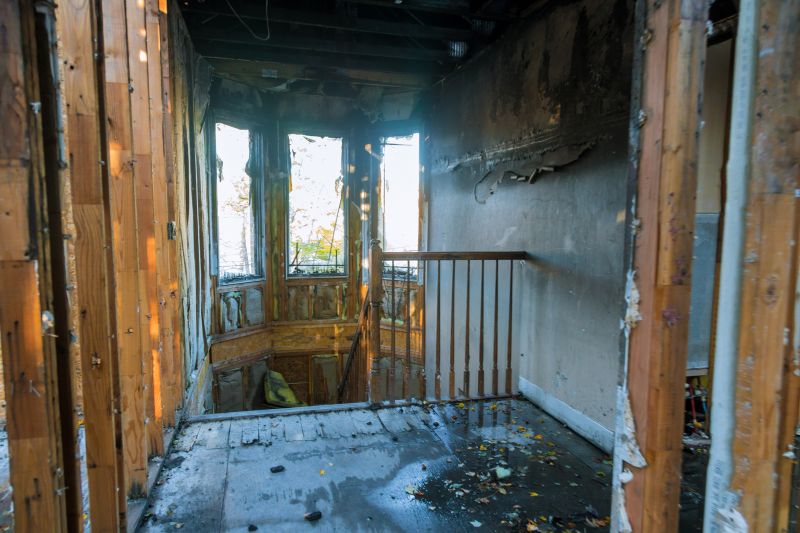Storm Restoration Timing and Planning
Storm restorations are most effective when performed promptly after severe weather events. Timely repairs can prevent further damage and help maintain the structural integrity of a property. The optimal window for storm restorations depends on weather patterns, seasonal conditions, and the urgency of damage assessment.
Immediately after a storm, repairs should begin to address damage caused by high winds, hail, or flooding. Early action minimizes secondary issues such as water intrusion or mold growth.
Spring and summer often see increased storm activity, making these seasons ideal for inspections and restorations. However, winter weather can delay repairs due to cold temperatures and snow.
Dry, mild weather conditions are preferable for conducting repairs safely and effectively. Rain or snow can hinder restoration efforts and extend project timelines.
Emergency storm response should be immediate to secure the property and prevent further damage, regardless of the season.

Ways to make Storm Restorations work in tight or awkward layouts.

Popular materials for Storm Restorations and why they hold up over time.

Simple add-ons that improve Storm Restorations without blowing the budget.

High-end options that actually feel worth it for Storm Restorations.

Finishes and colors that play nicely with Storm Restorations.

Little measurements that prevent headaches on Storm Restorations day.
Understanding the timing of storm restorations can influence the effectiveness and cost-efficiency of repairs. While immediate response is often necessary, planning repairs during favorable weather conditions can improve quality and safety. Seasonal patterns and weather forecasts should be considered to optimize restoration schedules, ensuring that repairs are completed thoroughly and efficiently.

A 60-second routine that keeps Storm Restorations looking new.

A frequent mistake in Storm Restorations and how to dodge it.

Small tweaks to make Storm Restorations safer and easier to use.

Lower-waste or water-saving choices for Storm Restorations.

The short, realistic tool list for quality Storm Restorations.

Rough timing from prep to clean-up for Storm Restorations.

Quick checks and paperwork to keep after Storm Restorations.

Examples that show the impact a good Storm Restorations can make.
| Season | Optimal Restoration Timing |
|---|---|
| Spring | Ideal for early inspections and repairs before peak storm season. |
| Summer | Peak storm activity; immediate response recommended. |
| Fall | Good for planning and completing repairs before winter. |
| Winter | Limited window; repairs depend on weather conditions. |
| Off-Peak Seasons | Potential for lower costs and scheduling flexibility. |
Filling out a contact form can facilitate scheduling inspections and repairs promptly. Early engagement ensures that storm damage is addressed efficiently, minimizing secondary issues and restoring property safety and stability.
